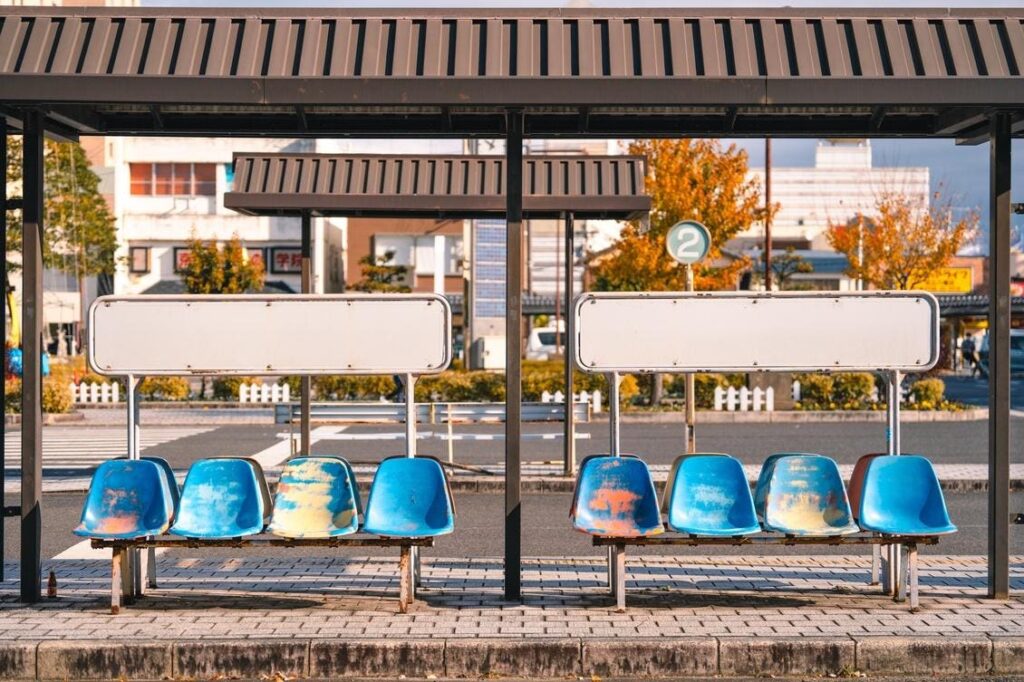Nadezhda Kosareva, CEO at Unitsky String Technologies Inc..
There is a common saying: “The longest mile is the last mile home.” This term describes the complexity of moving people and goods between transport hubs and final destinations. Poor organization of this part of the transportation process can create serious problems that affect businesses, ease of movement and environmental sustainability.
Common expansion of transportation systems is often costly and inefficient, and congested urban roads can result in extended travel times, greater fuel consumption and heightened stress. These challenges have many implications for businesses, such as loss of travel time and reliability of the workforce due to accessibility issues in reaching the workplace can undermine business competitiveness, profitability and efficiency. Therefore, the last mile problem remains one of the main challenges in growing cities, which conventional ground transportation is not able to solve.
Sustainability And Accessibility: A Global Challenge
Sustainable Development Goal 11 (SDG 11) calls on United Nations Member States to ensure access to safe, affordable and sustainable transport systems for all, thus improving road safety. Such a call underscores the need to create safe, affordable and environmentally friendly transportation systems. However, in practice, many urban areas still face difficulties in providing convenient access to transport, especially for vulnerable groups of the population.
If the distance to the nearest bus stop exceeds a quarter of a mile (400 meters), the chances of using public transport decrease significantly. As a result, many people still prefer a car even though the trip could be quicker and more convenient with public transport.
This, too, has significant implications for businesses involved in transportation, logistics and urban operations. Moreover, meeting SDG 11 goals also enhances brand value and customer loyalty and helps to meet supply chain and regulatory compliance.
Providing The Last Mile
To address this, businesses are increasingly leveraging a combination of AI-driven route optimization, sustainable transportation modes like electric vehicles and bikes, and innovative delivery models such as autonomous vehicles and micro-consolidation hubs to achieve last mile success. The service of unmanned electric taxis holds great promise, as the application allows users to call a vehicle at their convenience.
Autonomous taxi services have been gaining popularity around the world for some time. For instance, the American Waymo, a subsidiary of Google, offers autonomous taxi services in San Francisco, Phoenix and Los Angeles. Baidu operates a similar self-driving taxi service in 16 Chinese cities.
However, how cheap would it be to call a taxi to drive 400-500 meters to the nearest bus stop? How many taxis can residents of a commuter town call? This could contribute to traffic jams in the mornings and evenings—peak times when you need to leave for work and then return home.
While these solutions improve efficiency, customer experience and environmental impact, they may increase the load on the road network, potentially making it necessary to create new road infrastructure. But what if we completely remove ground transport?
The Business Case For Unmanned Rail Vehicles In Last Mile
Rail transport, in my opinion, is the most energy-efficient mode of transportation for this purpose. Imagine a small above-ground highway, approximately 500-1000 meters in length, that’s serviced by unmanned vehicles under the control of an automated control system. It would have less rolling resistance, higher passenger capacity and lower energy costs compared to other forms of transportation.
The creation of lightweight and compact overpasses for unmanned rail vehicles is an important step towards solving the issue of the last mile. This could help reduce exhaust emissions from entire areas, decrease the number of casualties in road accidents and enhance the attractiveness of housing located away from major transport routes.
Furthermore, this could help address crucial challenges for businesses inhibited by the last mile problem. For example, logistics and retail companies would benefit from more reliable distribution, while property developers could attract more residents and customers by improving access to less-connected areas.
Businesses and investors can drive the development of these lightweight autonomous rail systems by funding pilot projects and forming partnerships in construction, logistics and technology. Tech companies could lead the development of automated control platforms, while real estate developers could integrate these systems into new urban projects to increase their appeal and sustainability.
However, challenges such as high initial costs, regulatory issues and integration with existing infrastructure remain. Leaders can look to public-private partnerships and scalable pilot projects to address these issues. By showcasing successful examples and emphasizing environmental and economic benefits, stakeholders can advance the initiative.
The Key To Transportation Sustainability
Innovative technologies such as unmanned ground vehicles can be part of the solution to the last mile problem. Their implementation could enhance comfort, reduce load on road infrastructure, and minimize negative impact on the environment.
The future of urban transportation lies in integration, convenience and sustainability. Addressing the challenge of the last mile is crucial to creating efficient transportation networks that truly benefit society and the planet.
Forbes Business Council is the foremost growth and networking organization for business owners and leaders. Do I qualify?
Read the full article here

